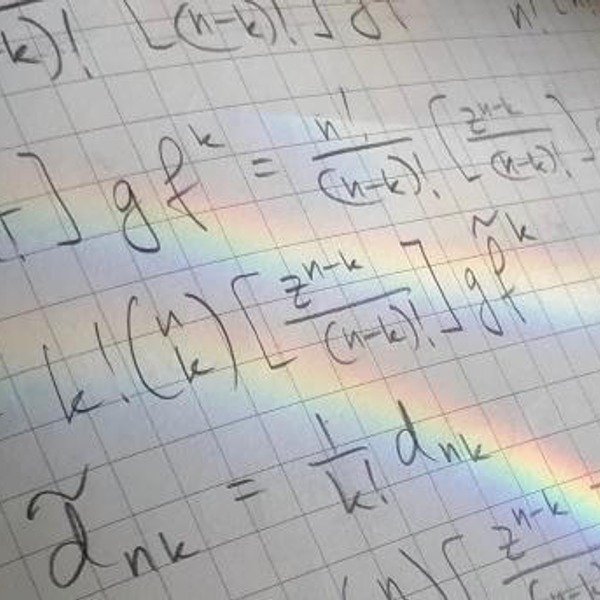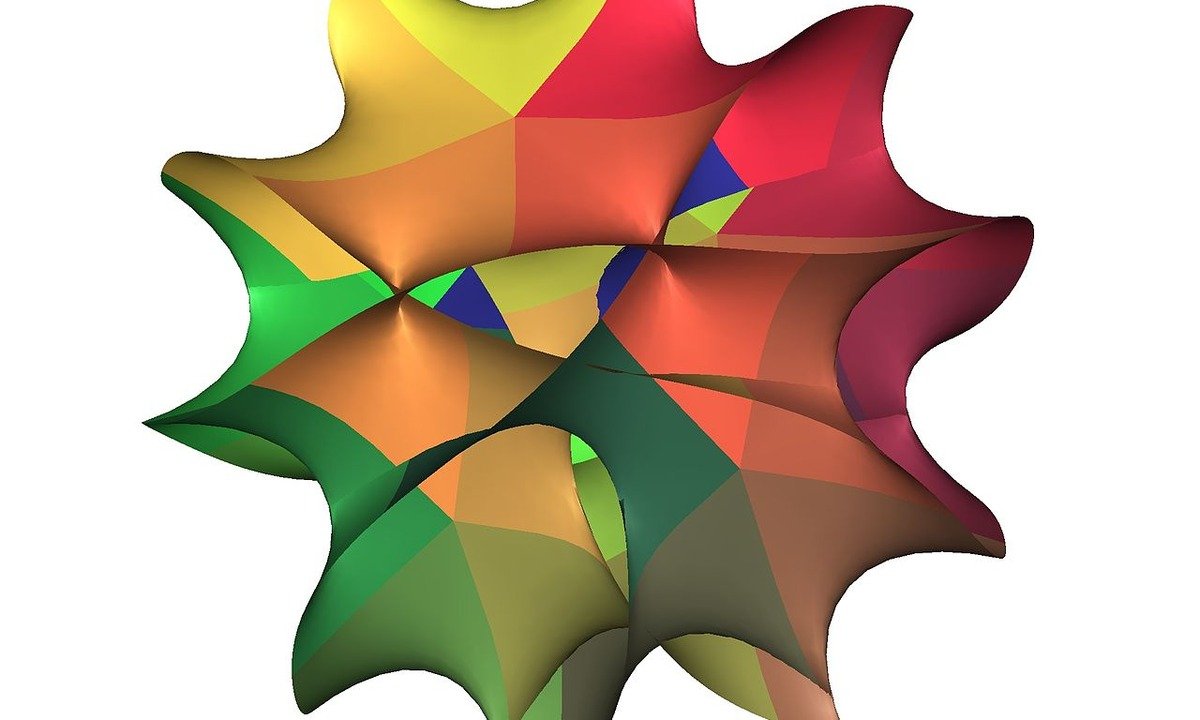GRATIS
Vanderbilt University vía Coursera
GRATISIntroduction to Linear Algebra
Acerca de este curso
- Week 1 - Geometric Vectors in the Plane and in Space
- This module introduces and explores the useful and elegant arithmetic of geometric vectors, regarded as directed line segments, which move about freely in the plane and in space. Objects in this arithmetic are ubiquitous throughout the physical world, modelling vector quantities. Students acquire tools that enable them to explore precise geometrical relationships between objects, prove difficult theorems and solve optimisation problems. This arithmetic forms a prototype for the general and abstract theory of vector spaces, developing students’ intuition and preparing them for advanced courses on linear algebra.
- Week 2 - Lines and Planes in Space and Systems of Linear Equations
- This module introduces and develops fluency with lines and planes in space, represented by vector and Cartesian equations. Students learn how to exploit the arithmetic of geometric vectors to solve difficult optimisation problems such as finding the closest point to a plane or finding the closest points on a pair of skew lines. The module introduces systems of linear equations and then develops the method of Gaussian elimination, using elementary row operations, followed by back substitution, to express solutions in terms of parameters. Systems of equations are also explored and solved using modular arithmetic with respect to a given prime number.
- Week 3 - Matrix Arithmetic and the Theory of Determinants
- This module introduces matrix arithmetic and the theory of determinants. Students first learn how to add matrices of the same size and how to multiply by a scalar. They then learn how to multiply matrices of compatible sizes, using cascades of dot products of rows with columns. This is described succinctly using Sigma notation, which is then used to prove associativity of matrix multiplication. Students learn about elementary matrices, which are basic building blocks in matrix arithmetic, closely related to elementary row operations used in Gaussian elimination. Students learn about matrix inverses and how to find them. Students learn about determinants and their properties, including the multiplicative property and a simple criterion for recognising invertibility of a matrix. Students see applications to cross products of vectors and for exploring spatial relationships between points and triangles.
- Week 4 - Eigentheory and Diagonalisation
- This module continues the development of matrix arithmetic by introducing eigenvalues and associated eigenvectors. Interpreted geometrically, these allow one to find directions in which a given linear operator associated with a matrix moves vectors in straight lines. This leads to the technique of diagonalisation, enabling one to solve difficult problems in matrix arithmetic, including finding formulae for powers of a given square matrix. This has many applications, including, for example, in exploring the behaviour of a Markov process described by a stochastic matrix, the mathematics of which underlies search engines on the internet. Eigenvalues can be found, in principle, by solving the characteristic equation of a matrix. Associated eigenvectors can then be found by solving an associated homogeneous system of equations. In practice, there are iterative numerical techniques for finding approximations of eigenvalues and eigenvectors, using a technique associated with Perron’s Theorem. Diagonalisation is a manifestation of the general Conjugation Principle, explored in different contexts. Linear transformations are introduced, focusing on transformation of the plane. Rotations and reflections of the plane combine to form the two-dimensional orthogonal group. Scalar dilations and rotations combine to form a copy of the field of complex numbers. A sketch of Smale’s proof of the Fundamental Theorem of Algebra is given, which says that any nonconstant polynomial with complex coefficients has a complex root, so that all square matrices have eigenvalues, when working over the field of complex numbers.
Cursos relacionados

GRATIS Aprendiendo a aprender: Poderosas herramientas mentales…
Deep teaching solutions
Español

GRATIS Programación para todos (Introducción a Python)
University of Michigan
Inglés

GRATIS The Science of Well-Being
Yale
Inglés

GRATIS Negociación exitosa: Estrategias y habilidades esenciales
University of Michigan
Inglés

GRATIS Primeros Auxilios Psicológicos (PAP)
Universitat Autónoma de Barcelona
Español



